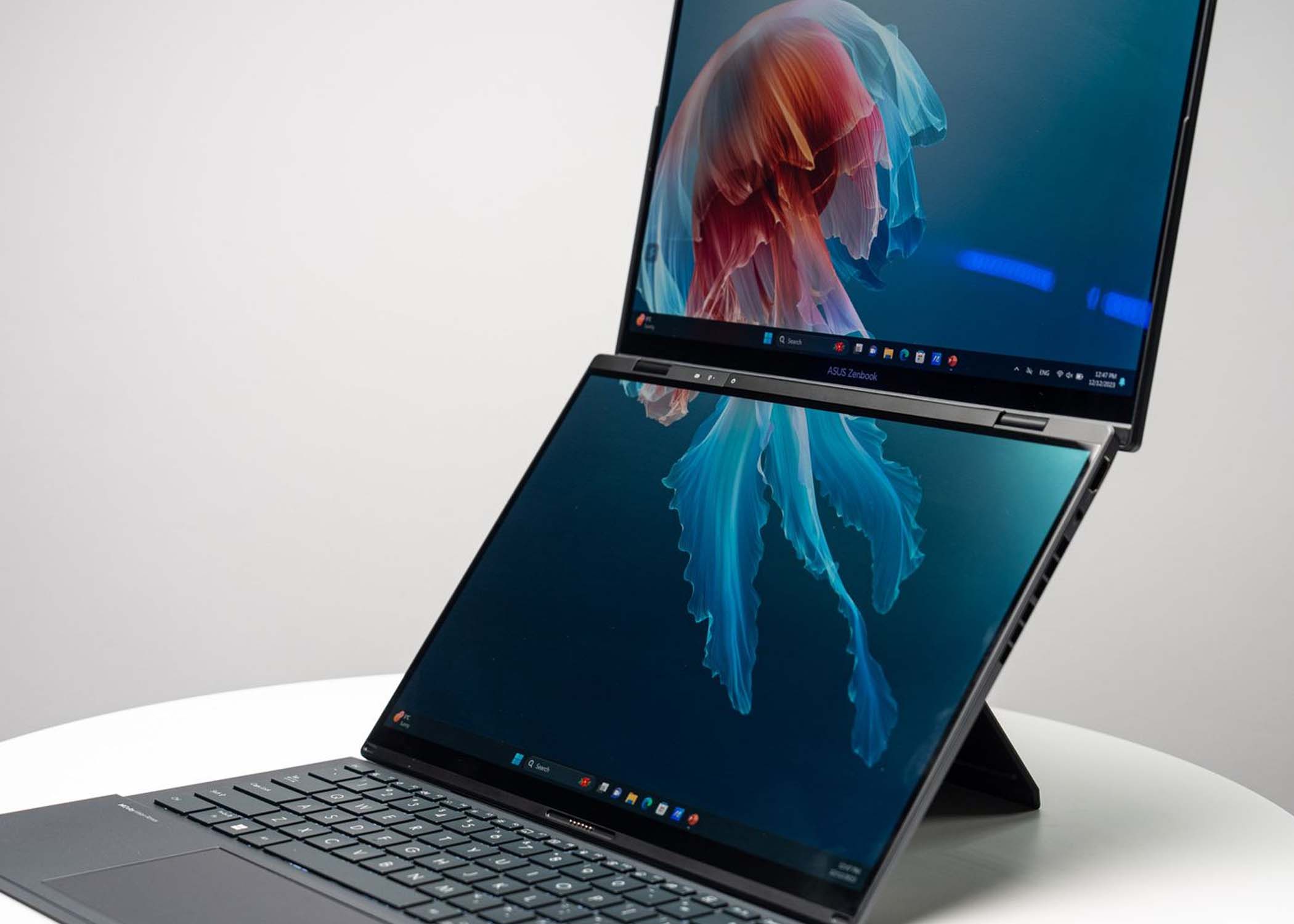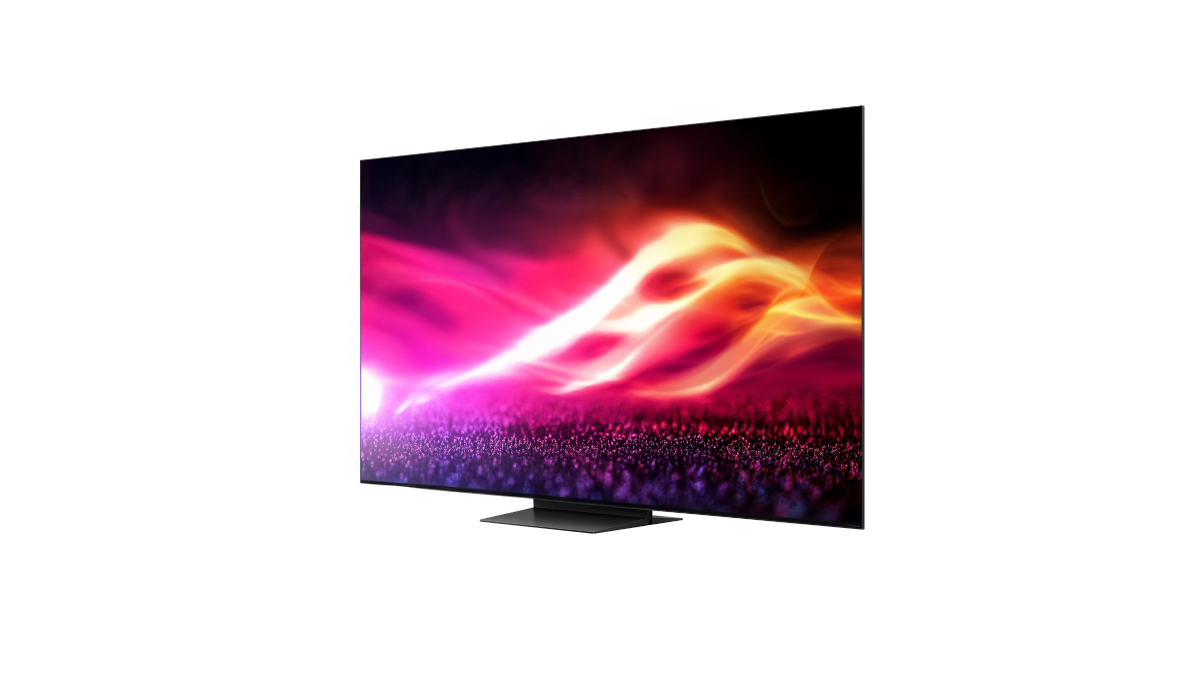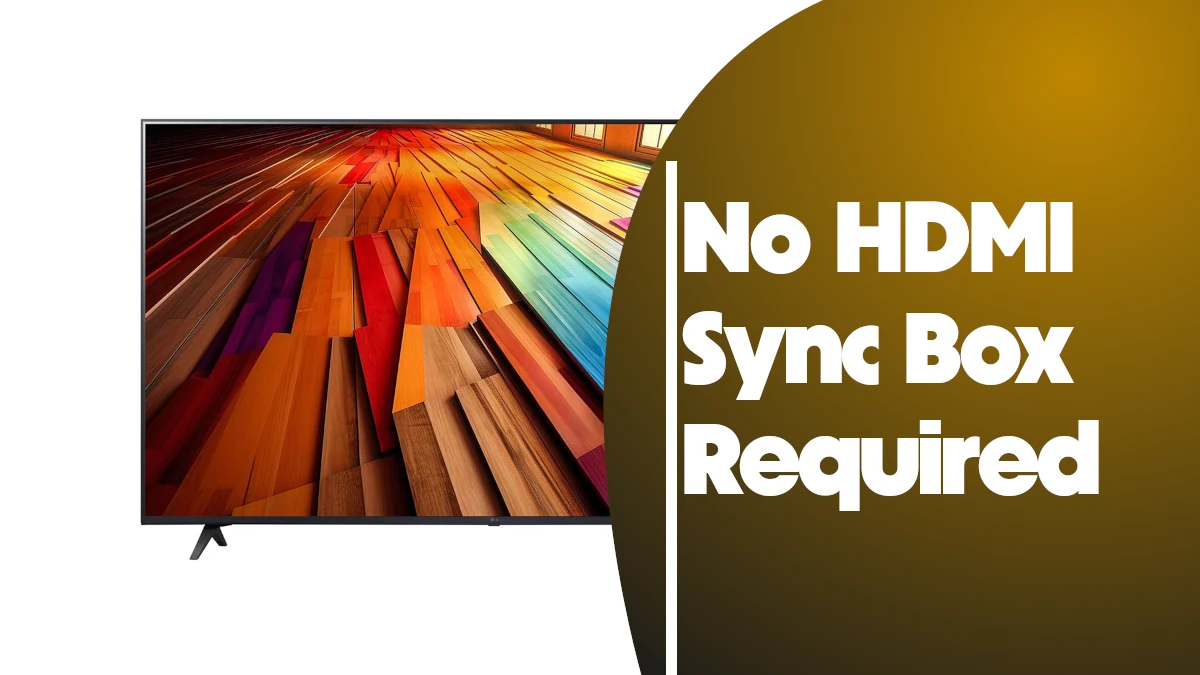ASUS has long pursued the dream of a true dual-screen laptop, evident in the Zenbook 17 Fold, Project Precog, and past Zenbook Duo models. The moment has finally arrived at CES 2024, marked by the introduction of the Zenbook Duo.
Drawing parallels with Lenovo’s Yoga Book 9i, the Zenbook Duo boasts dual screens and a convenient detachable Bluetooth keyboard, perfect for on-the-go use. What sets it apart is ASUS‘ impressive OLED panels, sized at 14 inches, delivering a stunning 3K resolution, a smooth 120Hz refresh rate, and stylus support. Remarkably, this innovative device comes with a starting price of $1,500, a cost that’s $500 less than the Yoga Book and not significantly more than your typical high-end ultraportable.
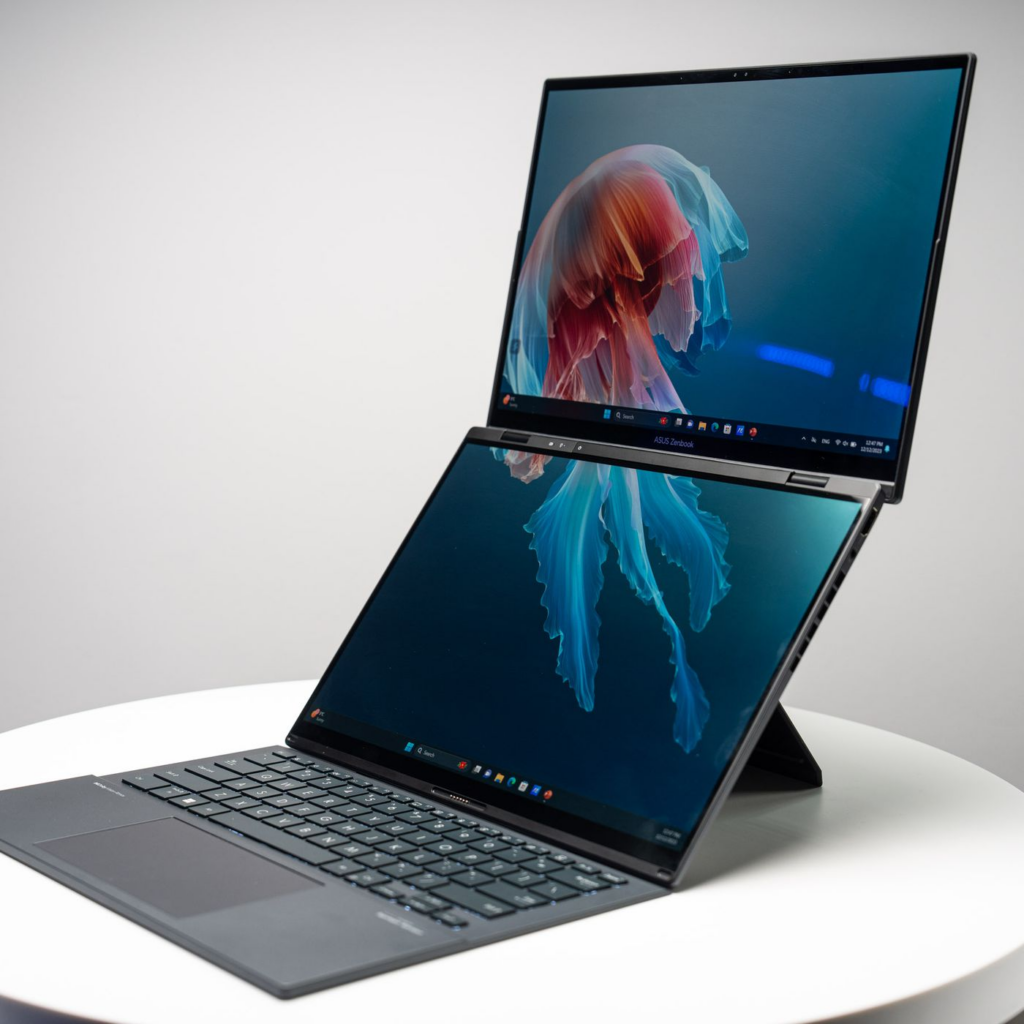
In essence, ASUS has successfully crafted a dual-screen laptop that not only meets expectations but surpasses them, offering a compelling blend of advanced features and affordability.
The Zenbook Duo goes beyond mere interest; ASUS has meticulously crafted it to seamlessly resemble and operate like a conventional clamshell. Slim at 0.78 inches and weighing 3.64 pounds (with the detachable keyboard), it’s just slightly larger and heavier than a typical 14-inch notebook. Remarkably, there’s no compromise in performance, housing an Intel Core Ultra 9 185H CPU, up to 32GB of RAM, and a 1TB SSD.
Connectivity is equally impressive, featuring two Thunderbolt 4 ports, a USB-A 3.2 slot, a 3.5mm audio jack, and a full-size HDMI 2.1 socket. This ensures that the Zenbook Duo not only captivates with its design but also delivers a powerful, versatile computing experience.
The Zenbook Duo excels in fit and finish, even in the pre-production model I explored. Sturdy and well-packed with no wasted space, it impresses. The detachable keyboard, despite its slim design, boasts full backlighting and comfortable key travel, ensuring a pain-free typing experience.
ASUS goes a step further, addressing a wish I had for the Yoga Book 9i: a built-in kickstand. Positioned at the laptop’s bottom, it eliminates the need for an additional folding cover, streamlining the packing process. The only drawback is the kickstand’s fixed orientation, favoring a stacked display setup. While some may find this limiting, it aligns with my preference. While the Zenbook Duo technically supports a vertical side-by-side mode, the kickstand’s lack of adjustment in this position reduces flexibility.
The Zenbook Duo provides versatile functionality. Use it conventionally as a clamshell, or expand screen space by placing the keyboard in front. Responsive virtual options, like a keyboard and touchpad, come in handy. Widgets for news, weather, and system performance monitoring add convenience. Notably, the removable keyboard charges seamlessly inside the system through well-placed pogo pins.
On the battery front, ASUS impressively fits a 75 Whr power pack, slightly larger than the Zephyrus G14’s (73 Whr), a gaming machine with fewer components. Furthermore, ASUS asserts adherence to MIL-STD 810H testing standards, ensuring durability.
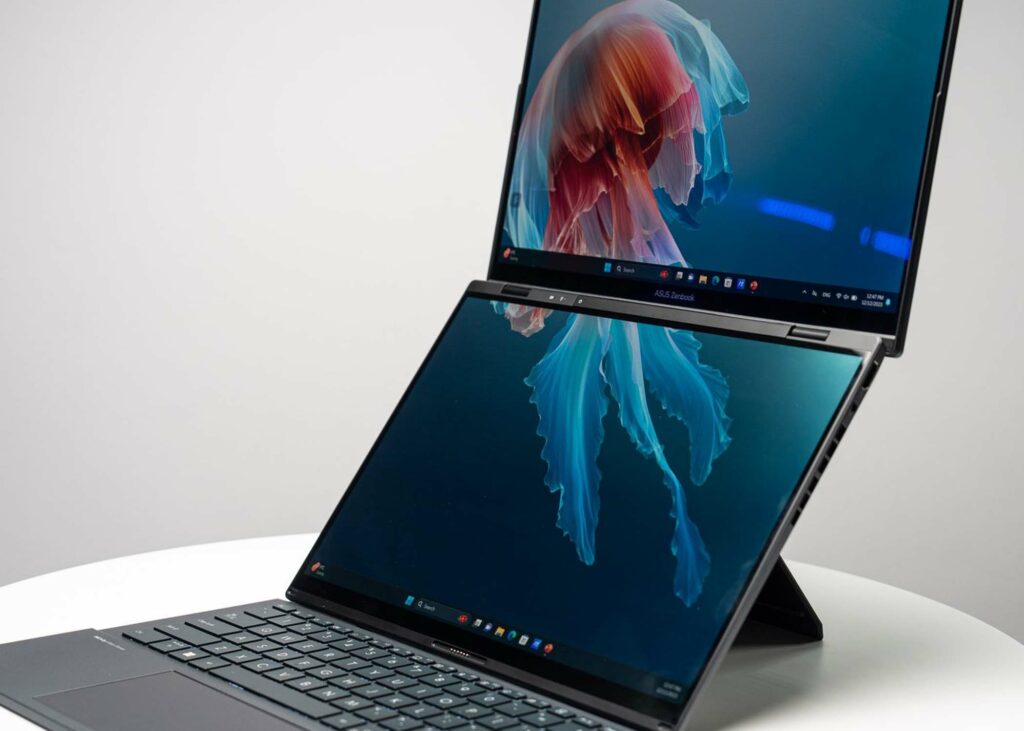
While the Yoga Book 9i was a revelation last year, ASUS has elevated the dual-screen laptop concept. They enhanced the template with added ports, larger screens, a built-in kickstand, and improved portability. The enticing starting price of $1,500 is unexpectedly affordable. After years of contemplation, the Zenbook Duo might be the push I needed to embrace a dual-screen laptop.
The ASUS Zenbook Duo is anticipated to be available for purchase in the later part of Q1 2024.

